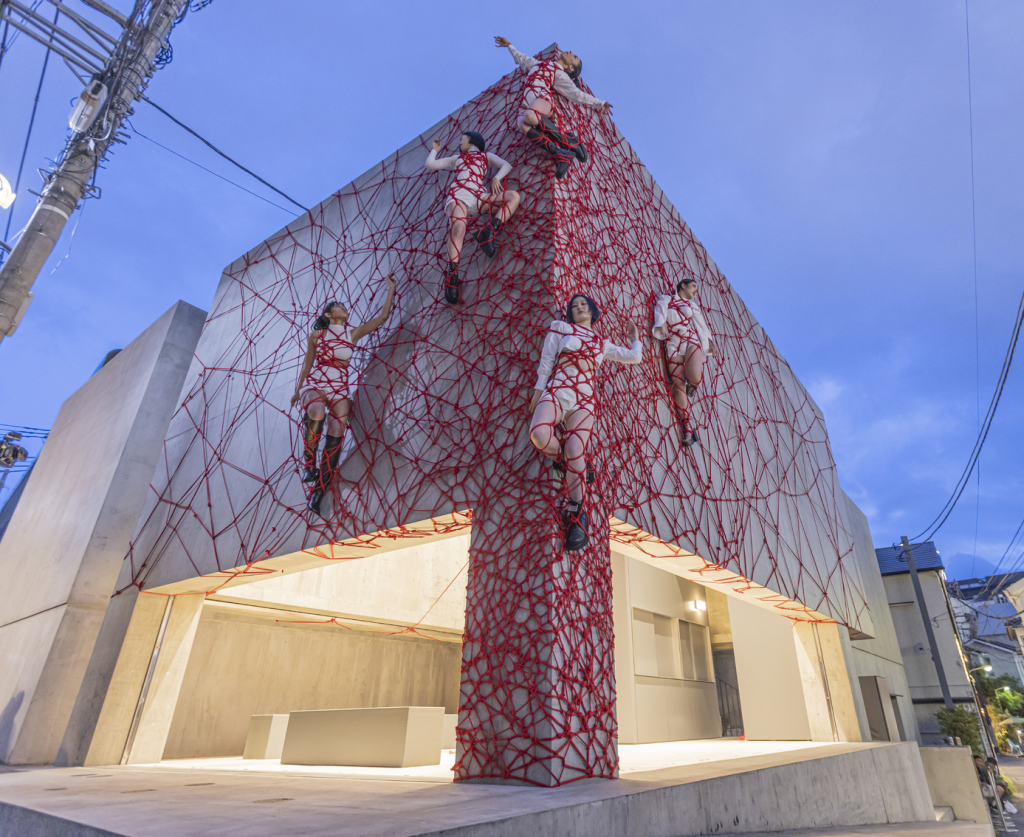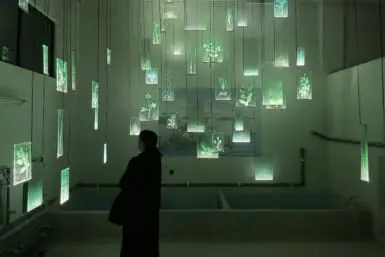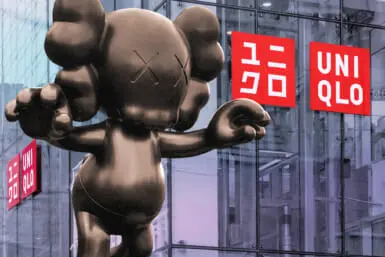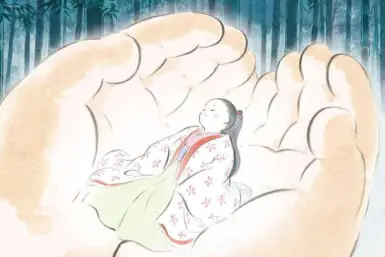Evolving from an ancient practice into a contemporary art form, shibari, or binding, has become increasingly popular outside of Japan in recent years. So what is all the fuss about? In this article we will be looking at the past, present and future of this Japanese form of rope bondage.
What is Shibari?
Shibari is characterized by its intricate knotting techniques. Usually, a dominant figure will tie a submissive person up in a slow, measured roleplay that can be dangerous if not practiced properly. It has become famous across the world for its delicate balance between restraint and artistry.
At its core, shibari involves more than just tying someone up — it’s about communication, trust and artistic expression. Each knot, twist and tension is deliberate, creating a captivating display of power and vulnerability.
Other Names for Shibari
There is a practice similar to shibari called kinbaku, which refers to “tight binding,” adding the vital element of restrictive bondage and emotional connection. While the terms are sometimes used interchangeably, kinbaku often carries a stronger association with erotic practices. Outside of Japan, the phrase “Japanese rope bondage” is also widely used.
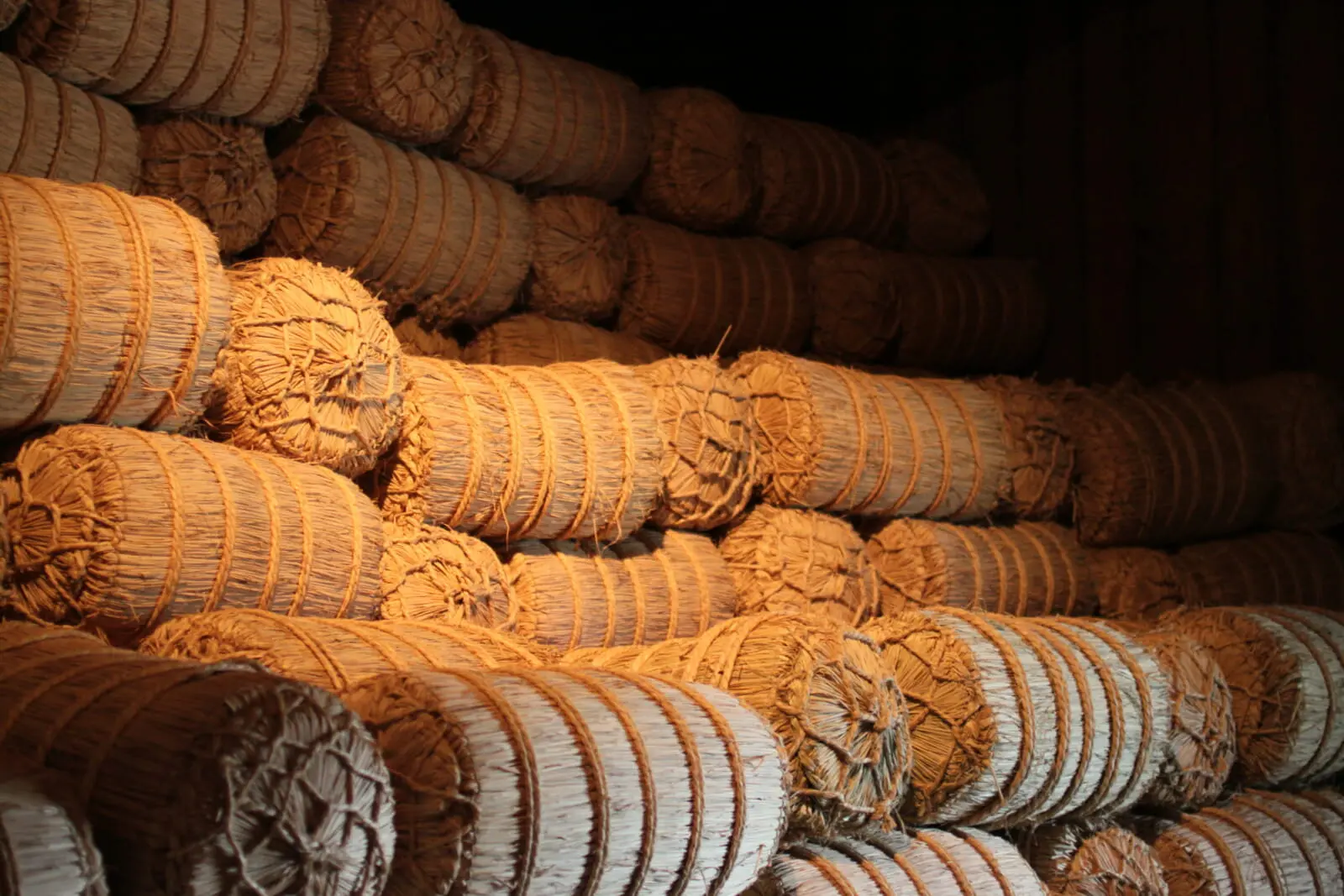
When Shibari Began
The roots of shibari can be traced back to before the Edo period. Initially, rope techniques were developed to secure the straw bags (tawara) used to transport rice and other grains. The bags weren’t flat, which meant that they needed to be tied creatively in order to stay safe while they were being transported. Even though this began simply as a practical technique, it’s believed that it developed into intricate patterns as farmers became more creative.
The Evolution of Shibari in the Edo Period
During the Edo period, rope tying as a martial art known as hojojutsu, became a part of samurai and police practices. At the time, hojojutsu involved a sophisticated set of techniques to restrain suspected criminals or prisoners of war. Each tying method was specific to the social status, gender and even the occupation of the restrained person. Priests, commoners and nobles would all be tied differently, reflecting the deeply hierarchical structure of Edo society.
The positioning of knots in hojojutsu was used to display the person’s crime or guilt publicly. Some techniques were even incorporated as a form of torture, applying pressure to specific parts of the body.
By the late Edo period, these techniques began to intersect with the Japanese fascination for erotic art, which even had its own word: shunga. Erotic woodblock prints often depicted women tied up in the shibari way, blending the functional aspects of hojojutsu with themes of sensuality and submission. Famous shunga-painters included Seiu Ito, who is known as the “father of kinbaku.”

Modern-Day Shibari
Today, shibari is often associated with BDSM and erotic performance art, generally featuring a dominant figure tying a submissive partner in intricate patterns. The ropes are used to highlight the natural curves of the body, often focusing on areas such as the chest, hips and legs. Suspensions — where the tied person is elevated off the ground — are practiced by experienced practitioners.
Outside of eroticism, shibari has started to be considered a form of performance art. Enthusiasts and artists have brought it into galleries, theaters and even fashion shows, challenging its underground associations and exploring its potential as a medium for creative expression.
The Future of Shibari
As shibari continues to evolve, artists like Hajime Kinoko are reimagining its possibilities. Known for his avant-garde approach, Kinoko has taken shibari beyond the underground BDSM scene. He has collaborated with major brands like Diesel and even tied an entire gallery in Omotesando with rope.
Another trend that points to the future of shibari involves the use of neon ropes, adding a surreal dimension to the art, giving the impression that models are suspended in the air. These innovations have helped shibari reach a global audience, inspiring artists and performers around the world to reinterpret the practice in their own ways.

